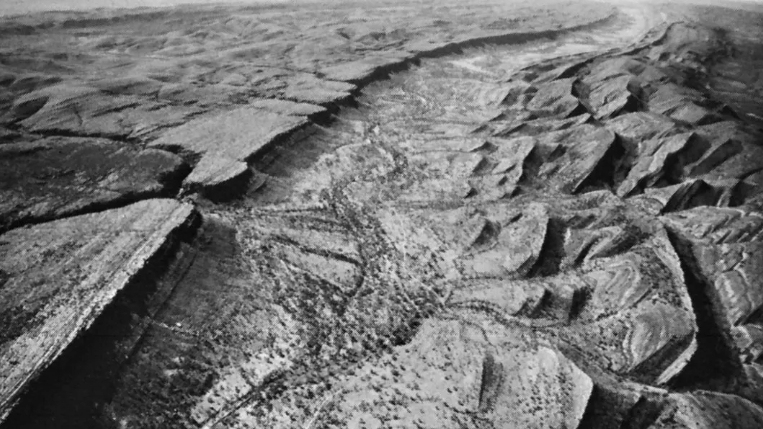Diastrophism is a geological process that involves the deformation of the Earth’s crust due to tectonic forces.
Tectonic forces cause the Earth’s crust to move, bend, fold, or break, resulting in the formation of mountains, valleys, and other landforms.
Understanding diastrophism is essential for geologists to study the processes that shape the Earth’s surface and to predict potential geological hazards.
Types of Diastrophism
There are two main types of diastrophism: folding and faulting. Folding occurs when layers of rock are bent or curved due to compressional forces. Faulting occurs when there is a break in the Earth’s crust, along which movement occurs.
Effects of Diastrophism
Diastrophism can have significant effects on the Earth’s surface, including the creation of mountain ranges, valleys, and earthquakes. It can also lead to the formation of mineral deposits and natural resources.
Understanding the causes and effects of diastrophism can help geologists predict and mitigate the impacts of geological hazards such as earthquakes, landslides, and volcanic eruptions.
The Role of Diastrophism in Shaping the Earth’s Surface
Diastrophism plays a crucial role in shaping the Earth’s surface over millions of years. The movement of tectonic plates, folding, and faulting all contribute to the formation of mountains, valleys, and other landforms.
By studying diastrophism, geologists can better understand the Earth’s geological history and how it has evolved over time. This knowledge can also help us to better understand and appreciate the natural beauty of our planet.
In conclusion, diastrophism is a complex geological process that plays a critical role in shaping the Earth’s surface. By studying and understanding diastrophism, geologists can gain valuable insights into the forces that shape our planet and help to predict and mitigate geological hazards.

